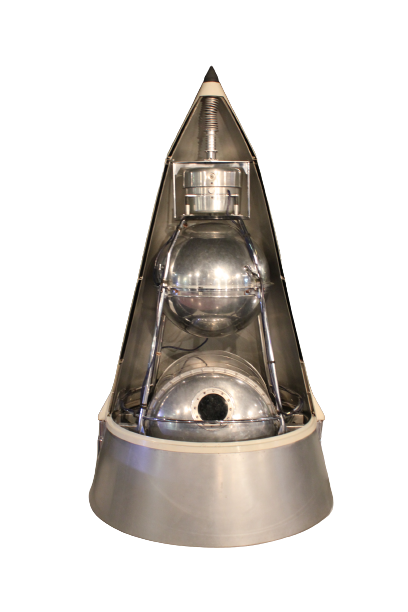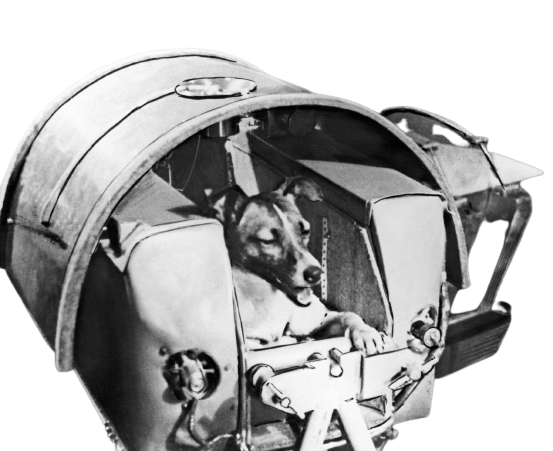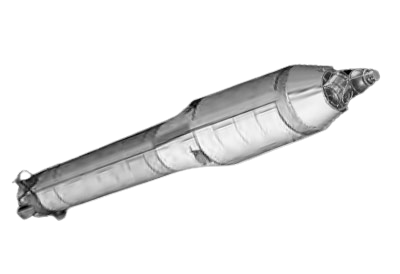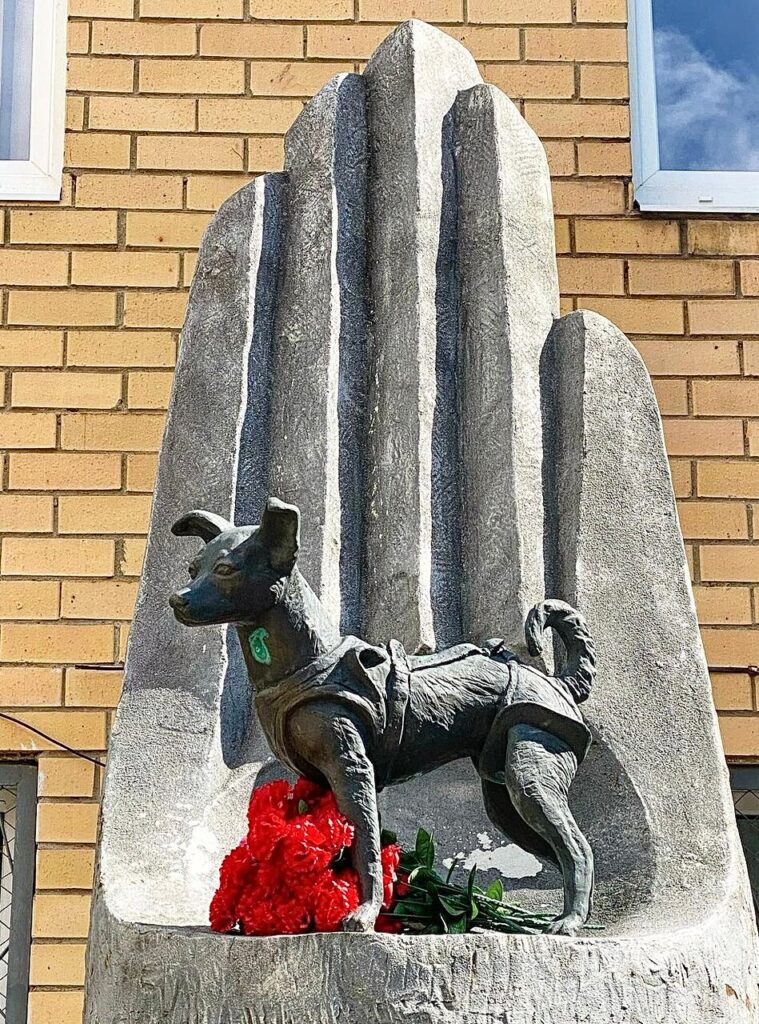Launched into space on 3rd November 1957, Sputnik-2 was the second space object launched by the Soviets, almost a year after they launched Sputnik-1, the first space object.

Sputnik-2 design
While Sputnik-2 differed from 1 in various aspects, one of the most remarkable differences was that it was the first spacecraft to launch a living being in space. The being was called Laika, which was a dog. Apparently, 10 dogs were selected for the mission, with three being narrowed down, Laika being the flight dog, Albina the backup, and Mushka for a test flight.

The Dogs Selected
The selected dogs were trained and conditioned to endure the conditions that space travel would impose. Laika, a stray dog found on the streets of Moscow, was ultimately chosen for the historic flight. This decision raised ethical concerns, as the technology of the time did not allow for her safe return to Earth. The Soviet space program acknowledged that Laika’s journey was a one-way trip.
Sputnik-2’s design was significantly larger and more complex than its predecessor, allowing it to accommodate both the scientific instruments and the living passenger. Laika’s capsule was equipped with monitoring systems to track her vital signs, including her heart rate, respiration, and blood pressure. However, the technology of that era was limited, and the capsule’s temperature regulation proved inadequate, leading to concerns about Laika’s well-being during the mission.
Sputnik-2 Launch

On November 3, 1957, Sputnik-2 was successfully launched into orbit. Laika’s presence onboard marked a pivotal moment in space history, representing the first time a living being had journeyed beyond Earth’s atmosphere. However, the celebration was short-lived as the Soviet Union did not possess the technology to safely return the dog to Earth, and she perished a few hours after launch due to the extreme conditions of space.
Laika’s Tragic Predetermined Fate
The tragic fate of Laika ignited discussions about animal rights, ethics in scientific experiments, and the responsibility of spacefaring nations toward living beings. Her sacrifice paved the way for an improved understanding of the challenges faced by living organisms in space and led to advancements in life support systems for future human missions.Sputnik-2’s legacy extends beyond the technological and scientific achievements of its time. It symbolizes humanity’s curiosity, bravery, and willingness to explore the unknown, even at great personal cost. Laika’s story serves as a poignant reminder of the complexities and ethical considerations inherent in the pursuit of scientific progress and space exploration.

In 2008, a small monument to Laika depicting her standing atop a rocket was unveiled near the military research facility in Moscow that prepared her flight to honor and remember her.